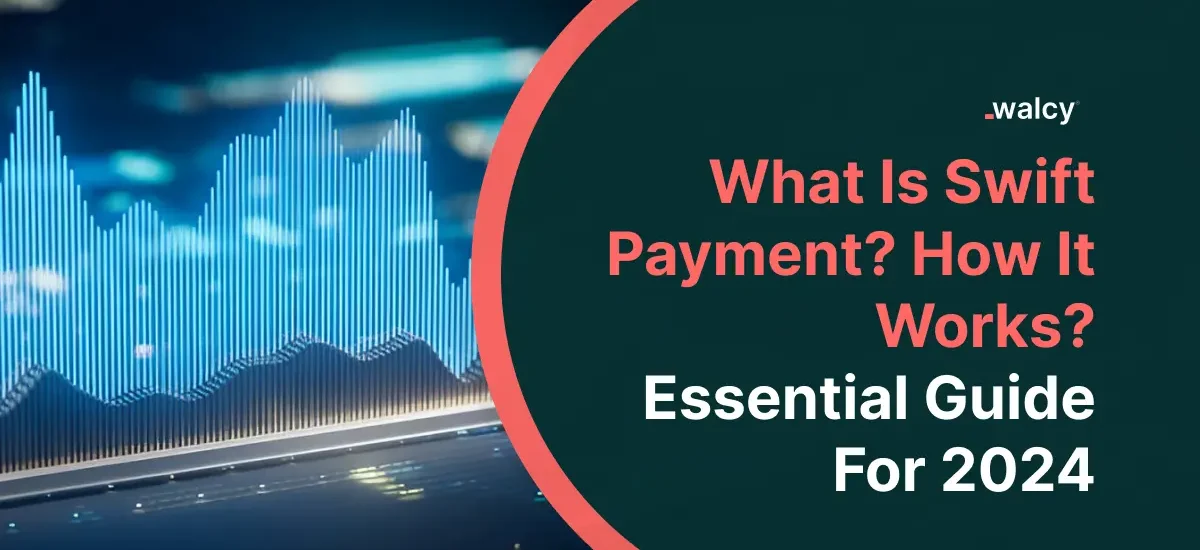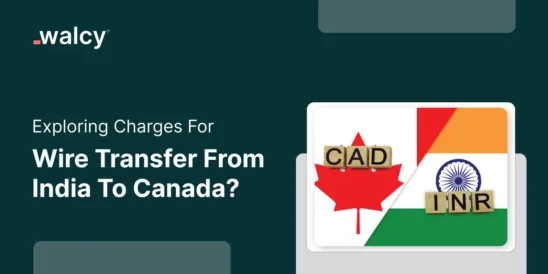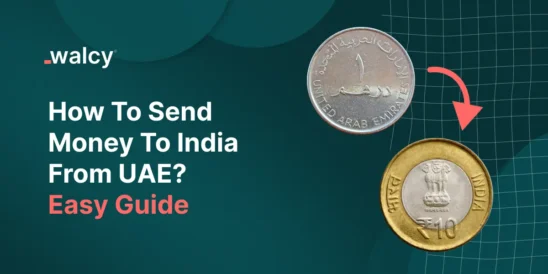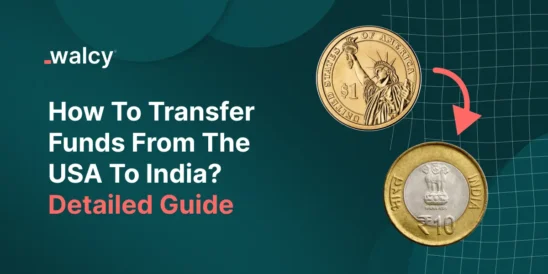Moving money quickly and securely is crucial in today’s global market. Swift payment is one solution that allows and facilitates international transactions.
SWIFT payment network was launched in 1973 to provide an internationally accepted and secure communications network for financial institutions worldwide.
Also, it aims to simplify international money conversion and transactions, which are carried out by millions every day.
In this blog, we will learn basic information about a SWIFT payment network including what it is, how it operates, and what could be its impact in 2025.
What Is A SWIFT Payment Network?
SWIFT payment network is a financial transmission system that enables the global transfer of funds. If you have ever sent or received money internationally, you’ve probably used SWIFT. SWIFT is a communications network that financial institutions use to execute international money transfers; it does not transmit or keep money.
For over 50 years, the SWIFT payment network has been providing the infrastructure that supports international money transfers. However, in recent years, firms and people have turned to new financial technologies to facilitate faster and more cost-effective global payments.
Before SWIFT, banks used the TELEX system to handle worldwide transactions. TELEX used a wire system akin to old signals to send text-based information between banks, informing them of a money transfer. That is why some individuals still use the phrase ‘wire transfer’. The TELEX system was sluggish and prone to security breaches and human mistakes.
The Infrastructure Of The SWIFT Payments System
SWIFT Bank Transfer
SWIFT bank transfers involve the electronic transfer of funds from one bank to another in a different country. The SWIFT network ensures payment security and compliance with international standards. Such transfers are often used for a variety of purposes, including personal remittances, business transactions, and corporate payments.
SWIFT Money Transfer
SWIFT money transfer is identical to a SWIFT bank transfer. It enables individuals and organizations to transfer money globally using the SWIFT network. This technique is regarded for its dependability and security, making it a favored option for cross-border transactions.
SWIFT Wire Transfer
Another name for a SWIFT bank transfer is a SWIFT wire transfer. It signifies the electronic transfer of funds from one bank to another bank over the SWIFT network. Wire transfers are popular for their convenience and safety, making them ideal for immediate international money transfers.
SWIFT Business Pay
SWIFT Business Pay is a customized service offered by SWIFT which enables businesses to make cross-border payments. This technology simplifies payment processes, improves transparency, and reduces the costs associated with overseas transfers. It is especially beneficial for businesses that undertake regular transactions abroad.
Pay Using SWIFT Code
SWIFT codes, referred to as Bank Identifier Codes (BICs), are distinct identification codes assigned to financial institutions and banks that use the SWIFT network. These codes are essential for ensuring that the funds are properly transmitted and settled during SWIFT payments. While making a SWIFT payment, the sender must provide the recipient’s SWIFT code to ensure that the funds are sent to the authorized bank.
Read about: SWIFT Alternatives For Businesses For Crossborder Payment.
How SWIFT Payments Work In 2024?

The need for SWIFT payment network is increasing rapidly. SWIFT payments will keep evolving in 2024, with technological advancements and innovative features designed to increase efficiency, security, and transparency. Everyone must know how swift payment works. Here’s a step-by-step explanation of how SWIFT payments network work.
Step 1: Initiation
This is the first step of making a SWIFT payment. The process begins when the sender delivers all of the essential information such as account details, receivers’ details, etc. to their bank to commence the SWIFT payment. To ensure that the funds are transferred in the right place, a swift code needs to be submitted by the recipients. The sender can provide swift code to recipients.
Step 2: Payment Order
Once the sender’s bank receives the necessary instructions, it generates a payment order by SWIFT standards. This payment order includes all of the necessary information, such as the recipient’s bank information and the transfer amount. The payment order is then securely transferred over the SWIFT payment network to the recipient’s bank.
Step 3: Message transmission.
In the third step, the SWIFT payment network permits the transfer of payment messages from the sender’s bank to the recipient’s bank. If the sender and receiver banks do not have a direct relationship, the transfer may be facilitated by intermediate banks. These intermediary banks help to ensure that the message arrives at its destination safely and effectively.
Step 4: Verification
Now it’s the time of verification. At every step of the process, banks involved in the funds transfer, including intercessors, review payment details to assure accuracy and regulatory compliance. This verification process benefits in avoiding inaccuracies and detecting fraudulent activity, ensuring that the transaction is genuine and secure.
Step 5: Settlement.
Once everything has been validated, the funds are transferred. The sender’s bank debits the sender’s account, while the Receiver banks credit the recipient’s account. If midway banks are engaged, they might assist in making transactions successful, though it takes more time. This process ensures that funds are transferred strongly and truthfully.
Step 6: Confirmation.
The final step in this process is to make the confirmation. After the money is successfully transferred to the recipient’s account, the recipient banks generate a confirmation message to the sender bank via the SWIFT network. This confirmation works as proof that the transaction has been completed, reassuring both the sender and recipient. The sender is subsequently alerted when the transfer is complete, which ends the transaction loop.
Additional Features Of SWIFT Payment Network In 2024

SWIFT payments network will include several advanced functions and upgrades in 2025 to fulfill the changing needs of the global financial sector. Given below are some of the essential functions put into effect. Listed here are some of the key features introduced:
Real-time Tracking
SWIFT GPI (Global Payments Innovation) enables clients to track their payments in real-time. This feature gives information about the status and location of the transfer at all stages, from commencement to settlement. Real-time tracking improves transparency and control, allowing users to precisely watch their transactions.
Enhanced Security
In response to the increased threat of cybercrime, SWIFT has introduced improved security measures to prevent unauthorized access and fraudulent activity. These measurements
To safeguard sensitive financial information, use powerful encryption mechanisms, multi-factor authentication, and continuous monitoring. Enhanced security protects all messages and transactions that flow through the SWIFT network from cyber-attacks.
Faster Settlements
Technological breakthroughs and improvements in banking infrastructure have resulted in speedier SWIFT payment settlements. Traditional transfers that formerly took several business days to accomplish can now be completed in hours. This improved speed and efficiency make SWIFT payments network more convenient for users who need to move funds rapidly.
Compliance And Fraud Prevention
SWIFT has improved its compliance structure to ensure that all transactions meet regulatory requirements and industry standards.
Advanced fraud detection algorithms and monitoring systems assist in identifying and preventing fraudulent activity, hence protecting the payment system’s integrity. Compliance and fraud protection procedures safeguard users from financial crimes while also ensuring that transactions are legitimate.
SWIFT payments network continue to play a vital role in assisting international financial transactions. It offers a reliable and secure means of transferring money across borders.
Swift is evolving day by day to meet the needs of customers. And providing Transparency security and global payment through its new features and advanced technology know-how. It also provides an option for seamless and easy international transactions for every individual and business.
The Future Of SWIFT Payments Network
As we look forward, SWIFT is likely to continue developing and improving its payment system to keep up with the constantly changing financial world.
Potential developments include the use of blockchain knowledge to improve security and transparency, the creation of new sum systems targeted to specific industries, and continued efforts to lower transaction costs and permission times.
SWIFT’s Commitment To Innovation
SWIFT’s commitment to innovation is shown by its ongoing efforts to improve the payment system. The organization often works with financial organizations, technology companies, and monitoring agencies to create new solutions and address rising issues.
SWIFT keeps its payment system resilient, trustworthy, and relevant in a fast-changing world by being on the hurtful edge of technological revolutions.
Benefits Of Using SWIFT Payments Network
There are various benefits of using SWIFT payments network for international money transfers:
- SWIFT’s global network attaches banks and financial institutions for smooth cross-border trades.
- Security: Advanced safekeeping measures protect sensitive financial information and transactions from cyber pressures.
- Speed: Technological developments have dropped settlement times, making SWIFT payments more effective.
- Real-time tracking and agreement measures improve clearness and control over transactions.
- Reliability: SWIFT’s established protocols and rigorous verification assure accurate and secure transactions.
- Cost-effectiveness: SWIFT payments reduce international transfer expenses by streamlining payment operations and removing mediators.
Conclusion
To recap, SWIFT payments network are a critical instrument for smoothing international money transfers, providing a safe, loyal, and efficient means of moving money across borders.
The SWIFT payment system’s ongoing growth, driven by technological improvements and a promise of innovation, ensures that it remains a reliable solution for consumers, organizations, and financial institutions globally.
SWIFT will continue to serve an important role in the global financial ecosystem, allowing for frictionless and secure cross-border contacts for many years to come.
Know about making overseas payments.
Know about making freelancer payment.
Do follow us on Facebook and LinkedIn, to stay connected with us.



